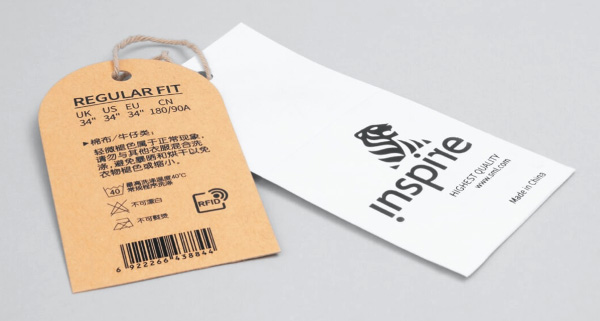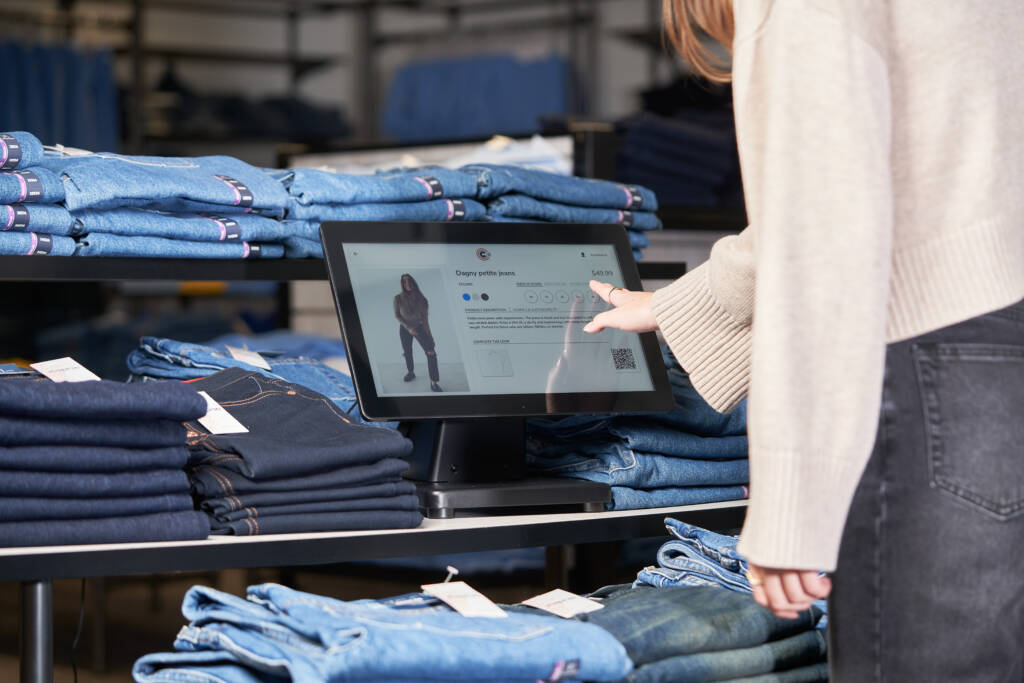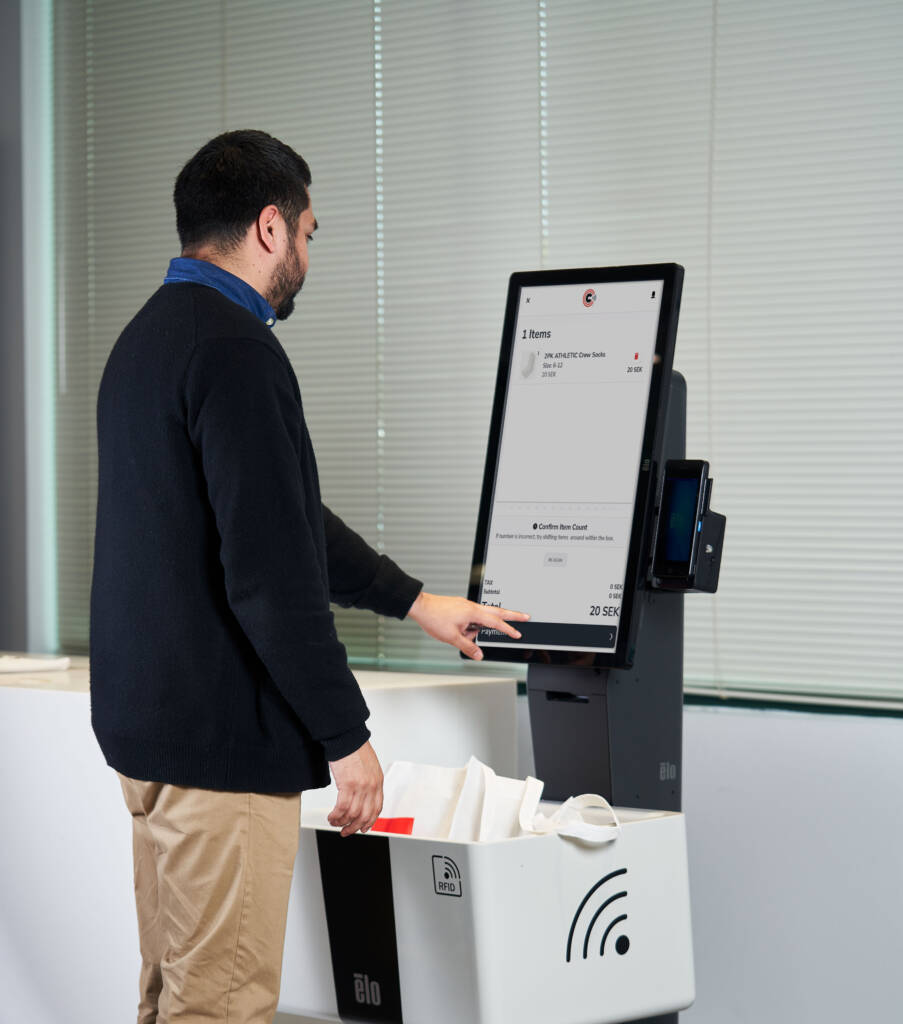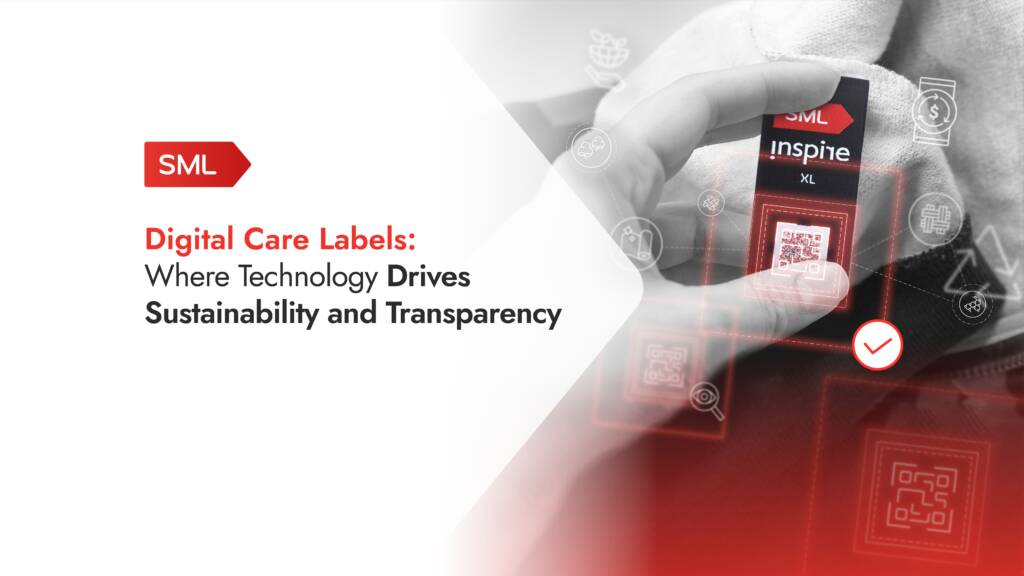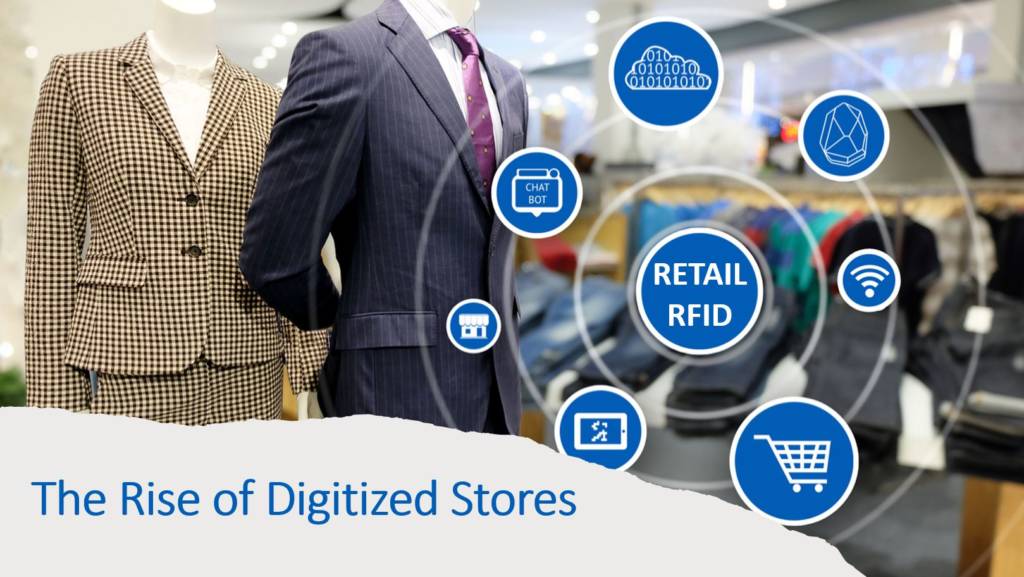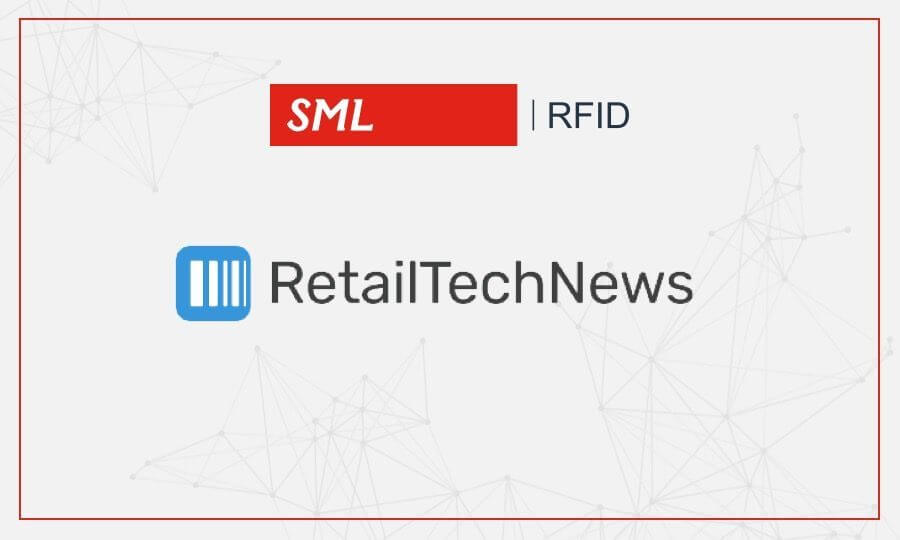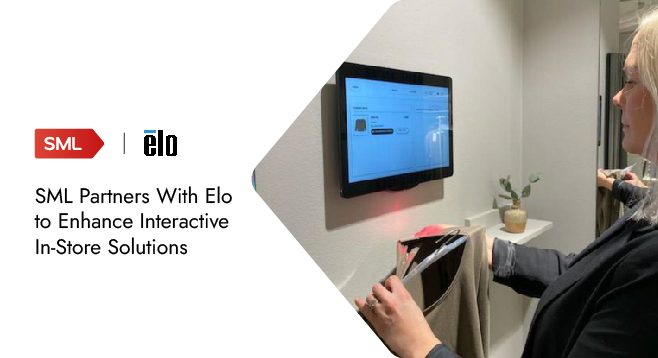Enabling personalized shopping experiences with interactive labels
An engaging and responsive shopping experience remains a critical success factor for retailers.
Aug. 8, 2023 | by Gary Moskovciak — Senior Vice President – the Americas, SML Group
In-store shopping is recovering, emphasizing customers’ desire for a personalized experience. Brick-and-mortar stores are predicted to account for 72% of all U.S. retail sales by 2024, with 94% of consumers returning to retail locations in 2022.
Meanwhile, customers are also turning to in-person engagements to make up for lost time and to recapture a seamless shopping experience. Following the pandemic, customers flocked to the high street and returned to shop in-store. While this is undoubtedly good news for the industry, it does put additional pressure on retailers. As a result, organizations must devise innovative strategies to mitigate the impact of these difficulties by enhancing the customer experience.
While the customer experience has evolved dramatically in the retail industry, its impact has not, where an engaging and responsive shopping experience remains a critical success factor for retailers. In brick-and-mortar stores, retailers have greater opportunities to create the ideal image of their brand, by implementing sufficient brand identification solutions and offering technological conveniences, such as interactive labels that enhance personalization. With 73% of consumers preferring brands with personalized shopping experiences, it is clear that sufficient brand identification is a main driver in improving customer satisfaction.
The effective use of hangtags
The need to provide a seamless customer experience has risen and the retailers who are finding innovative ways to meet the needs of their customers are gaining a competitive advantage. As a result, retailers must be able to ensure that whilst their customers are shopping in-store, they have all product information on hand. This can be achieved through hangtags and price tickets. With original brand messaging, customers are more engaged with the products on display, ultimately providing them with all the necessary information to make their purchasing decision.
Labels and tags can also aid retailers in increasing sales as they serve as a constant reminder of the brand’s message to its customers. Consistent branding across all touch points and unique garment labels have a significant impact on how a retailer’s brand identity is perceived. There is no better demonstration of this than some customers’ inclination to base their purchases exclusively on branding and brand recognition.
Brand labels have the ability to effectively and efficiently bring a product’s qualities to life, acting as an extended function of the clothing. If a brand does not understand the value of a strong, distinctive brand image, it can fall behind its competitors. Branding, when done strategically, adds to the creation of client trust and loyalty.
Innovation within labels
Interactive labels, such as QR codes, enable customers to interact personally with a brand, acquire product information and have a more personalized shopping experience. Consequently, customer experiences and retailers have been transformed by the use of QR code technologies.
One of the most effective methods to employ QR codes in retail is to position them at storefronts. QR codes may be used to increase store exposure and attract customers. They could also be utilized to direct customers to interesting and innovative marketing and advertising efforts, such as personalized discounts, tailored shopping journeys, and easy browsing of items. QR codes additionally allow customers to order online if the stock has been replenished in-store. The efficacy cannot be understated — with 44% of consumers agreeing that they would become repeat buyers after a personalized shopping experience.
QR codes can further be utilized to make customers’ buying experiences more engaging, simpler, and, of course, contactless. Utilizing QR labels can ensure retailers are able to provide all product information to their customers. By doing so, retailers are able to increase the amount of interactive digital touchpoints in-store allowing for a more personalized shopping experience. With this in mind, customers are able to gain more information, such as product size and dimensions by simply scanning a QR label, and by gaining instant access to all product information, retailers can provide a greater customer experience.
Final thoughts
Digitalization and personalization have become the priority to reach, communicate, and convert customers in present times and brand identification, as well as interactive labels, are some of the best ways to leverage innovative technologies.
Creating memorable in-store experiences is set to be the trend of physical retail in the coming years with customers returning to the high street. By leveraging the capabilities of hangtags and QR codes, retailers can enhance the in-store experience for their customers and gain a competitive advantage.

